
Billions of dollars paid in the months leading up to FTX’s bankruptcy may be returned to pay the crypto exchange’s creditors, according to an insolvency attorney.
The collapse of FTX Group may not yet be finished with its contagious spread, as clawback provisions could force businesses and investors to return billions of dollars paid in the months leading up to the crypto exchange’s collapse, an insolvency attorney told Cointelegraph.
In short, a “clawback” refers to money paid out that is required to be returned due to special circumstances or events, such as an insolvent company that needs to recover funds paid within 90 days before filing for Chapter 11. If the creditor is an insider, the 90-day period is extended to one year.
As a result, creditors could seek a clawback on transfers made by FTX to external parties, including the $2.1 billion paid by FTX to Binance when Binance exited its Series A investment in FTX. Changpeng “CZ” Zhao, Binance‘s CEO, recently dismissed concerns regarding the return of the money in an interview with CNBC, saying Binance’s lawyers should handle it.
In the event of a clawback to recover funds for creditors, the bankruptcy court could require the return of the crypto assets or the money equal to the value of the crypto transferred, explained bankruptcy attorney Mark Pfeiffer, who is a member of the Blockchain and Crypto Assets Practice group at law firm Buchanan Ingersoll & Rooney.
Related: FTX customers file class-action lawsuit to get priority reparations
“If the court decides to require the defendant to pay the value, it is not clear whether the amount will be the value at,” noted Pfeiffer. As a result, the court would have to determine the assets’ value considering when the transfer occurs, or when the bankruptcy or a lawsuit was filed, or when a judgment is entered. According to the insolvency lawyer:
“Customers who liquidate the crypto as cash run the risk that they will have to return crypto, which exposes them to the risk that the value of the crypto will increase. Customers who hold the crypto, run the risk the court will require them to return cash even though the crypto they are holding might not be liquidated for the amount of the judgment. In other words, no matter what they do, they run the risk of compounding their problems if they guess wrong."
Many other businesses could be required to return money as the bankruptcy proceeding progresses, including Silvergate Bank. As reported by Cointelegraph, a lawsuit filed in December by FTX customers claims the bank aided the defunct cryptocurrency exchange in fraudulent activities through improper transfers of funds.
There are three main types of clawback, Pfeiffer explained to Cointelegraph. The first preference under Section 547 of the Bankruptcy Code allows the debtor or a trustee to avoid any transfer of property made to a creditor within 90 days before the bankruptcy while it was insolvent.
“There are several defenses to a preference claim. The most common is if the transfer was made in the ordinary course of business. However, there is a question of whether a de facto ‘run on the bank’ would be within the ordinary course,” noted Pfeiffer.
The second type, under Section 548 of the Bankruptcy Code, is a fraudulent transfer of property made while the debtor was insolvent with the actual intent to defraud creditors. Pfeiffer observed:
“Although there may be fraud involved in the FTX case, it may not be made with the intent to defraud creditors. The intent might not have anything to do with creditors. It may be that the intent was to solely enrich the principals."
Also under Section 548, the final type of fraudulent transfer is a transfer of property made while the debtor was insolvent and for which the debtor received less than reasonably equivalent value.
FTX’s bankruptcy case may not be different from other bankruptcy cases involving fraud and mismanagement, but it may set precedents for how crypto assets are handled in bankruptcy courts.
While regulators and other courts may not follow bankruptcy courts’ rules, similar questions will likely arise. “Is it a currency, a security, a commodity or something else? This issue will appear outside of bankruptcy too like in securities regulation and in general litigation outside of bankruptcy,” said Pfeiffer.

You can get bonuses upto $100 FREE BONUS when you:
💰 Install these recommended apps:
💲 SocialGood - 100% Crypto Back on Everyday Shopping
💲 xPortal - The DeFi For The Next Billion
💲 CryptoTab Browser - Lightweight, fast, and ready to mine!
💰 Register on these recommended exchanges:
🟡 Binance🟡 Bitfinex🟡 Bitmart🟡 Bittrex🟡 Bitget
🟡 CoinEx🟡 Crypto.com🟡 Gate.io🟡 Huobi🟡 Kucoin.
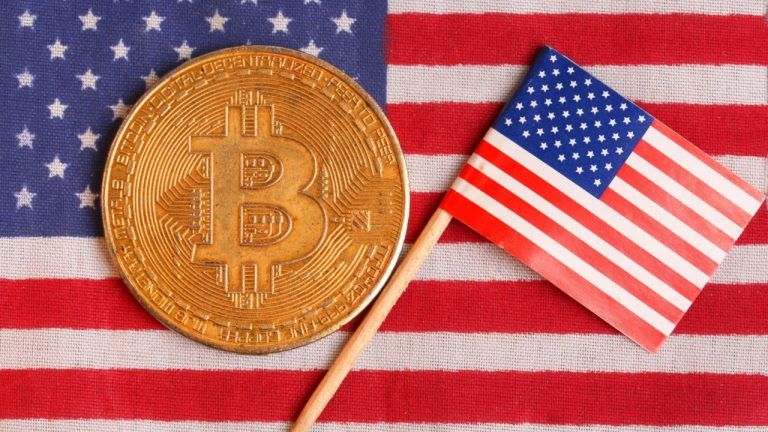


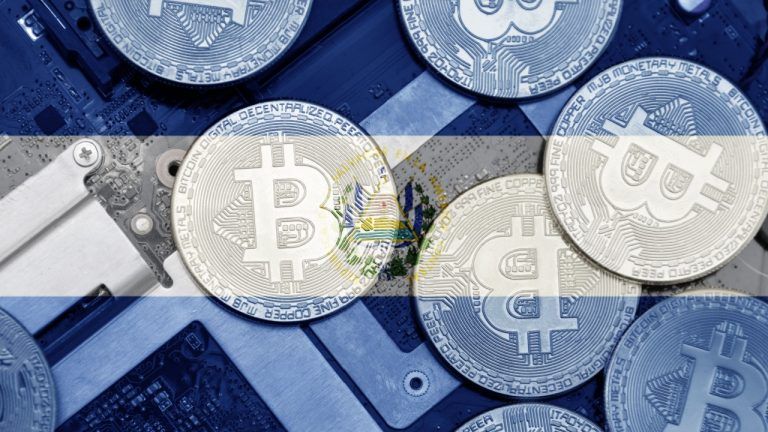

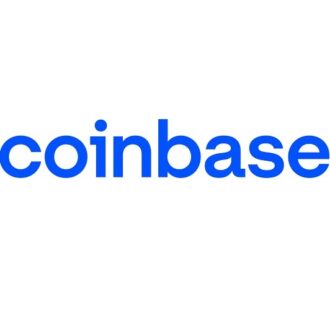



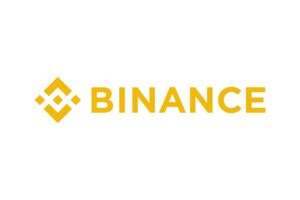








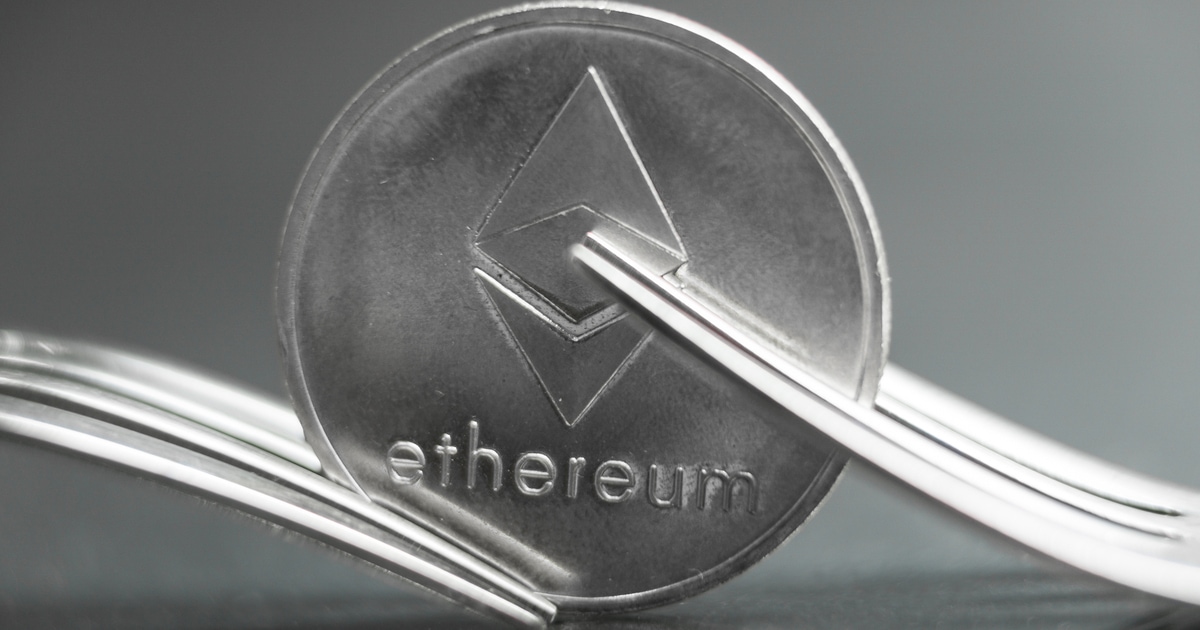

Comments